An exhibition at Portsmouth Dockyard in 2016 marked the centenary of the Battle of Jutland. 36 Hours: Jutland 1916, The Battle That Won The War, was a multimedia presentation chronicling the only major sea battle of World War I. On 31 May – 1 June 1916 British and German dreadnoughts blazed at each other, through the poor visibility generated by mist, cloud, a dark evening sky, and an increasing volume of smoke from burning ships caught by gunfire. But while the exhibition captured the terrifying noise of constant bombardment, and the confusion and horror of intense shellfire, the claim that this battle won the war rang hollow.
Jutland was an indecisive disaster for both navies despite both claiming a victory: the German fleet retreated, but Britain lost more ships and twice as many men, the German dead numbering 2,551 and the British 6,097. The faith which both Britain and Germany had placed in their navies, building up immoderate numbers of battleships, proved unfounded.
Britain had been confident of victory over the numerically inferior German fleet. The huge losses suffered by her “invincible navy” led to so much criticism of the naval leadership that the Admiralty considered censoring and delaying the official report on the battle.
Moreover, when Kitchener, the then popular Secretary of State for War, drowned five days later when a German mine struck the ship on which he was travelling, and when losses on the Somme numbered 19,000 on the first day of the battle on 1 July, there was a clear need to staunch declining morale in Britain.
Jack Cornwell was fifteen years old when he enlisted in the navy in 1915. He was trained as a gun sight-setter and assigned to HMS Chester which took part in the Battle of Jutland. The ship received seventeen direct hits in the battle. Many of the gun’s crew were killed instantly and others were mortally wounded. The Chester retired from the action and reached relative safety. Medical assistants sent on board found Cornwell, severely wounded with shrapnel and shards of steel penetrating his chest, standing in the shattered gun mounting. He died in Grimsby hospital two days later and was buried in a pauper’s grave. His mother arranged for his exhumation and reburial near their home in Manor Park Cemetery, East London. It was another pauper’s grave.
Two months later however, on 29 July, Jack Cornwell was exhumed again and reburied with full military honours; it was the largest public event which took place during the war. Crowds lining the streets witnessed the coffin born on a gun carriage, with a naval band, boys from Jack’s old school and others from the Chester marching behind it. The local MP, Bishop and Mayor accompanied the coffin, a bugler sounded the last post, and shots were fired over the grave.
When the official report of the Battle of Jutland had been published in early July it had included an account from the commanding officer of the Chester which described Cornwell standing alone at his post awaiting orders until the end of the action. Writers on The Daily Sketch had uncovered the reference and turned it into a front-page story with a photograph of Cornwell’s brother George dressed in a naval uniform. With other journalists they fomented public pressure for recognition of Jack’s bravery, criticising the navy for allowing a hero to be buried in a pauper’s grave.
After the military funeral, the Admiralty awoke to the possibility of boosting public confidence in the war, and providing the navy with some face-saving publicity after the disaster of Jutland, by awarding Jack a posthumous Victoria Cross. On 15 September Jack Cornwell became the third youngest recipient of the Victoria Cross, awarded for a conspicuous act of bravery. The citation read: “mortally wounded early in the action… Jack Travers Cornwell remained standing alone at a most exposed post, quietly awaiting orders till the end of the action, with the gun’s crew dead and wounded all around him. His age was sixteen and a half years.”
The court painter, Frank Salisbury, portrayed Jack standing at his post by the gun, and prints were distributed to schools accompanied by booklets entitled “Faithful Unto Death” which used his death to encourage concepts of duty and sacrifice. Six days after the award of the VC schools all over Britain celebrated Jack Cornwell Day. A Cornwell Memorial Fund was established, and fund-raising badges were sold to children for 1d each raising £18,000 to finance a ward for disabled sailors at the newly established Star and Garter Home in Richmond. Patriotic propaganda wielded the emotive story of obedience, courage, selflessness, and honourable conduct to boost flagging resolve.
In truth it is hard to imagine that the poor boy could have done other than to remain at his post. On the deck of a severely damaged ship, surrounded by the dead and dying, himself seriously injured, possibly traumatised, frightened, and shell shocked, where could he go? Probably no more or less brave than any other sailor, the strongest impression his story leaves is that a child of sixteen should not have been involved in the fighting at all, and that his memory was cynically exploited in the interests of war time propaganda, to deflect criticism of the conduct of the Battle of Jutland and to revitalize dedication to the war effort.
*************************************
From 1915 onwards stone memorials had begun to appear commemorating the war dead and serving to promote military recruitment. London’s first memorial appeared on 4 August 1916 in the churchyard of St. Botolph-without-Bishopsgate bearing the names of both Kitchener and Cornwell. A Pathe News of the time shows the Lord Mayor unveiling the cross and linking the popular ageing commander with the working-class boy hero as he reminds the assembled crowd that the cross drew together “the statesman-warrior”… and “a young, innocent and humble origined (sic) lad…cutting across all divisions of class and educational background in their sacrifice to a common cause.”
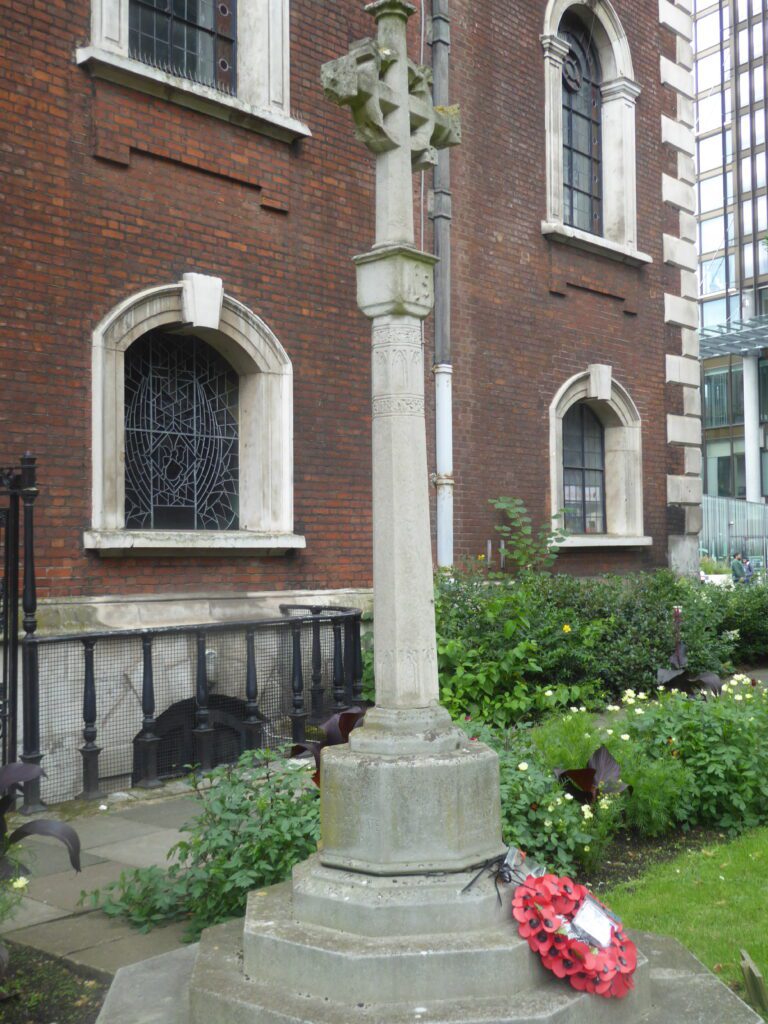
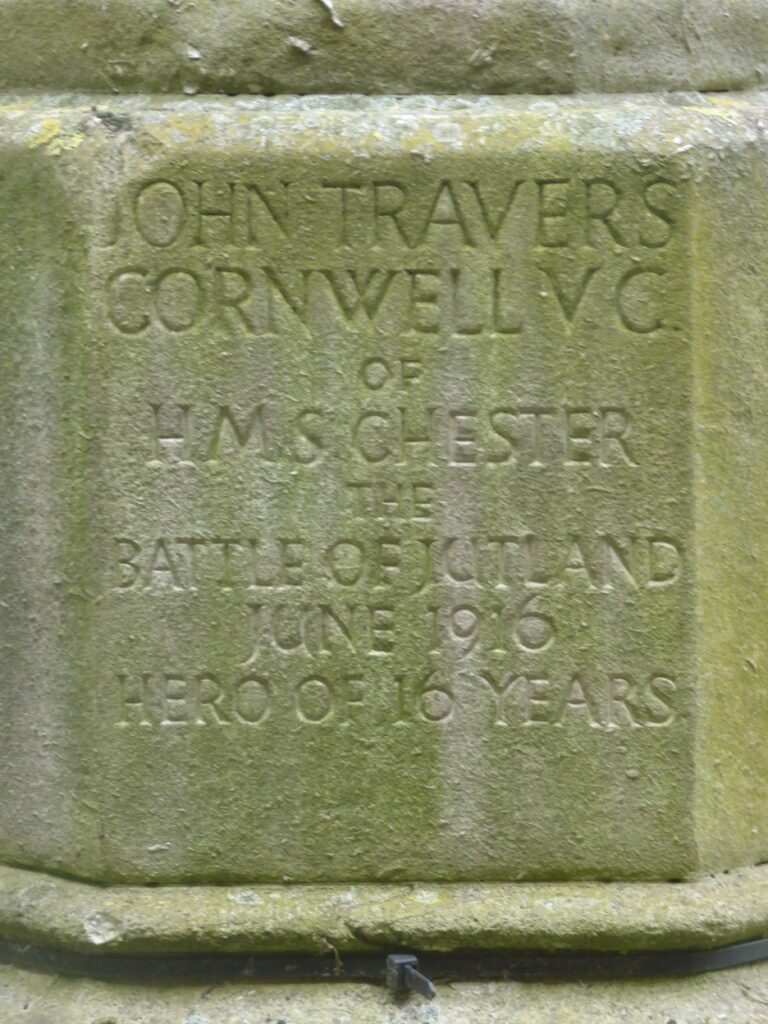
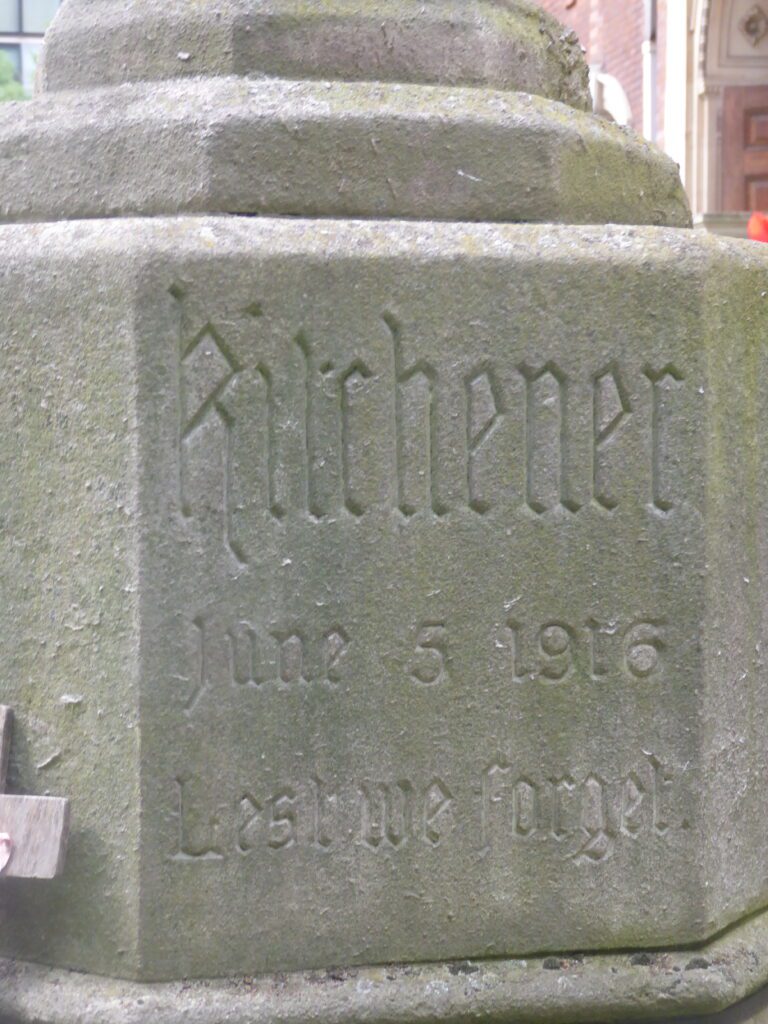
In 1920 pupils and former pupils of schools in East Ham placed a stone marker bearing a cross and an anchor on what had become the Cornwell family grave. With Jack were his half-brother Arthur Frederick, killed in action in France in August 1918; his father who died in October 1916; and his mother who died in poverty in 1919.
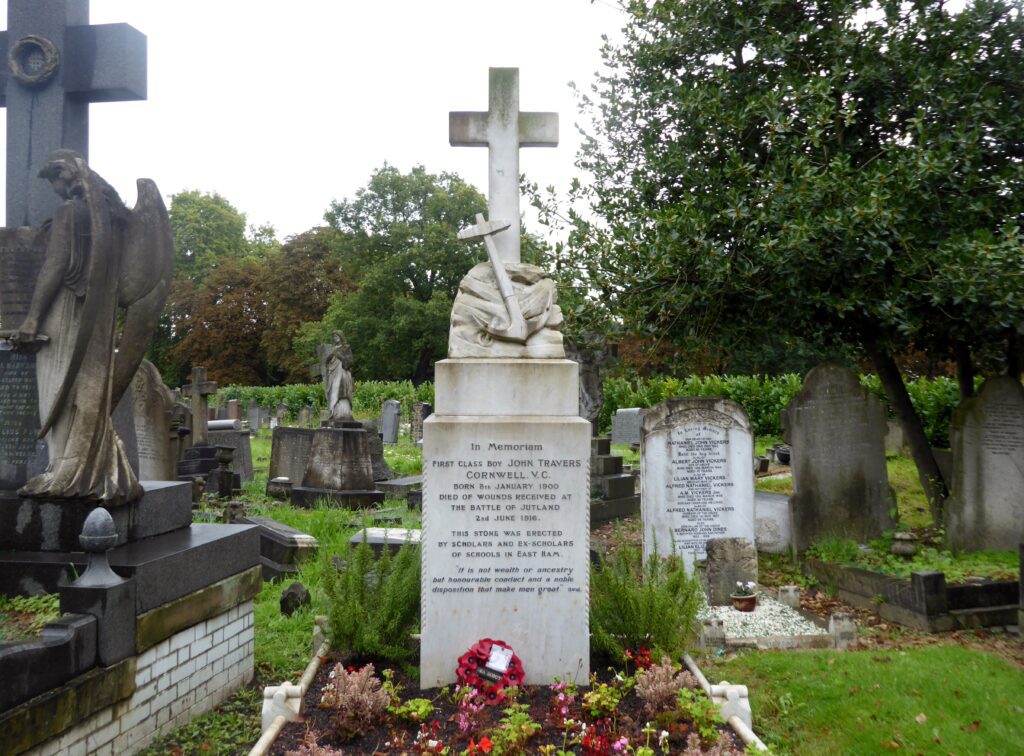
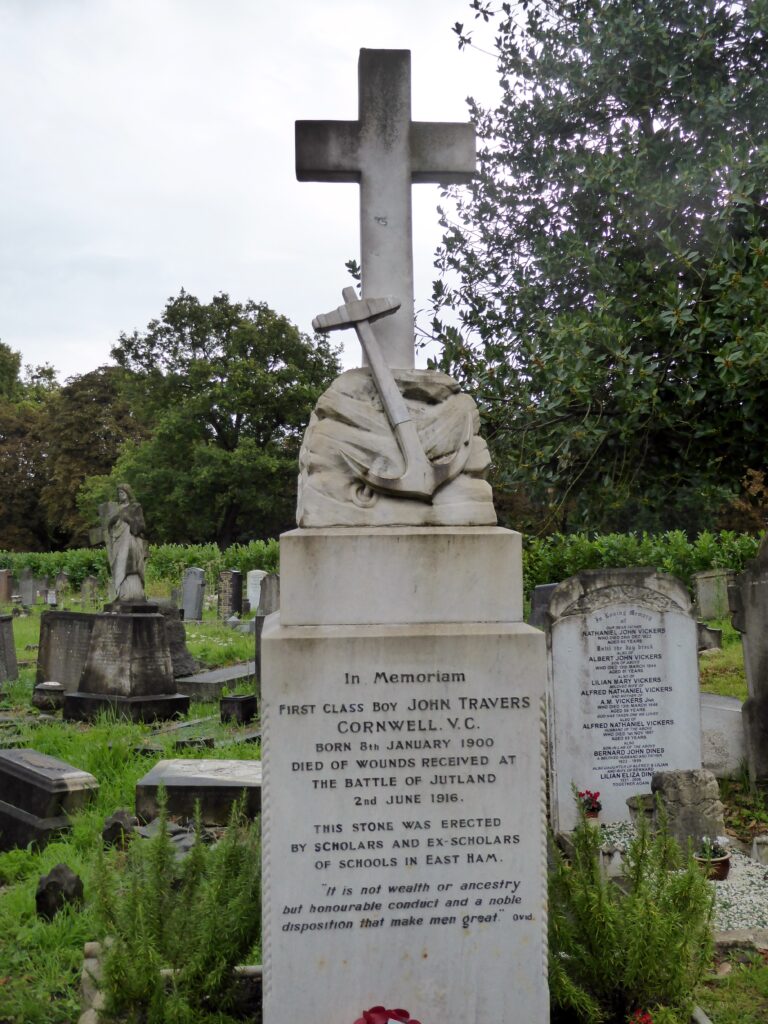
The grave carries a quotation from Ovid:
It is not wealth or ancestry
but honourable conduct and a noble
disposition that maketh men great.
The Ballad of Jack Cornwell by Charles Causley carries a less sententious and more poignant message. Here are two extracts:
The Gunnery Jacks all spoke
Their terrible words of gunpowder
And sentences of smoke.
The deck blew up like a candle,
I heard the Gunner’s Mate say,
It looks more like November the fifth
Than the thirty-first of May.
But the catherine wheels were made of iron,
The stars were made of steel,
And downward came a scarring rain
The sun will never heal.
Death came on like winter
Through the water-gate.
All I could do by the forecastle gun
Was stand alone, and wait.
………….
They gave me a second funeral,
I heard the rifles plain
And up in the wild air went the birds
As I went down again.
The great Sir Edward Carson,
First Lord of the Admiralty,
Asked men and women who grumbled
If ever they heard of me.
It was the second year of the war;
Thiepval, the Somme, Verdun.
The people were encouraged,
And the Great War went on.
